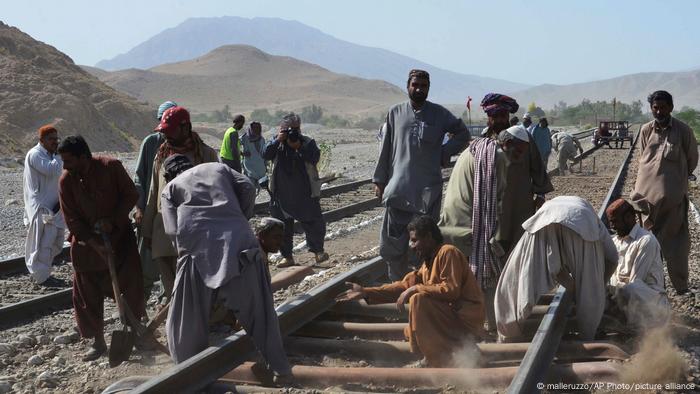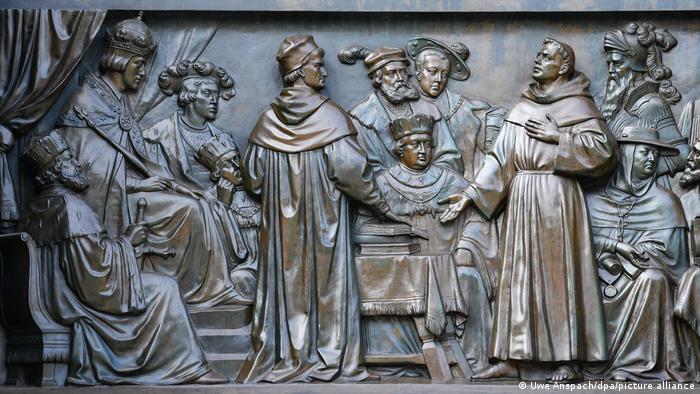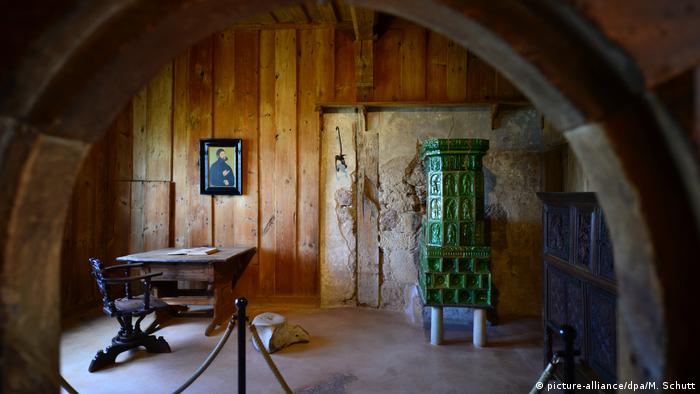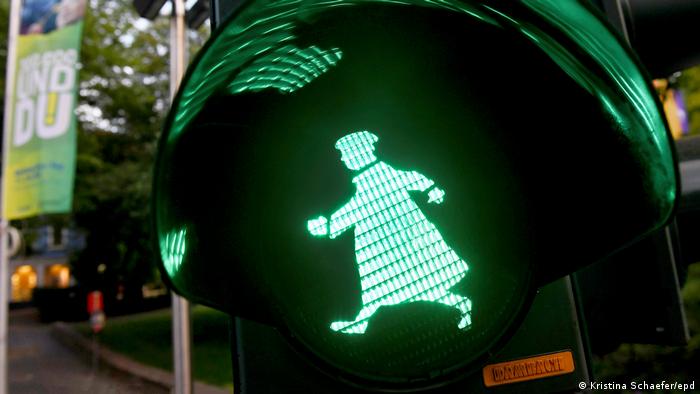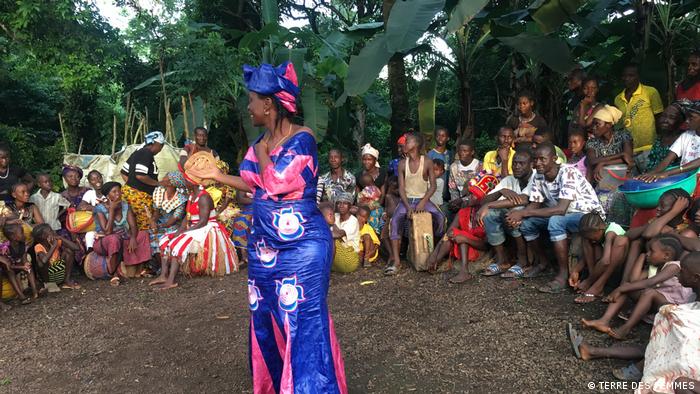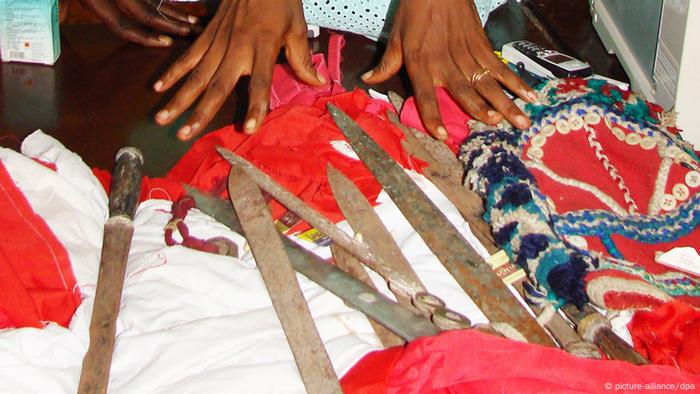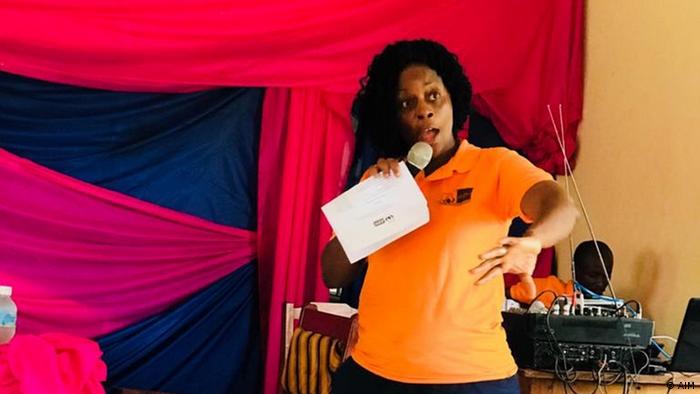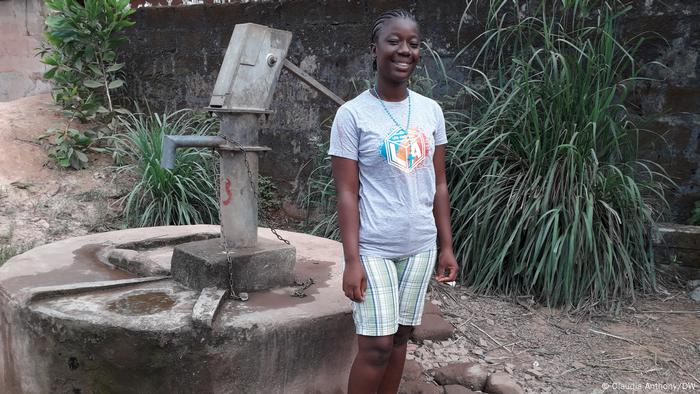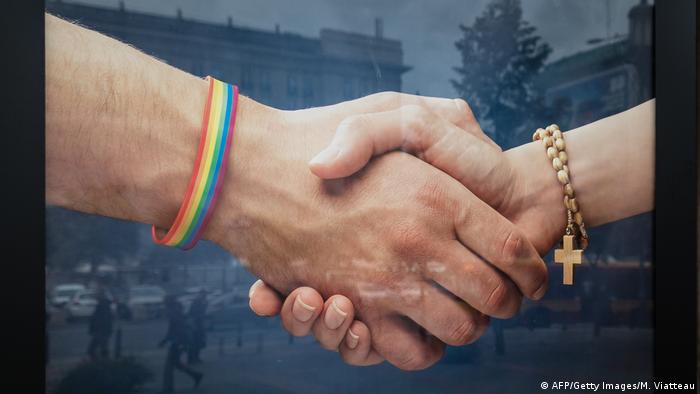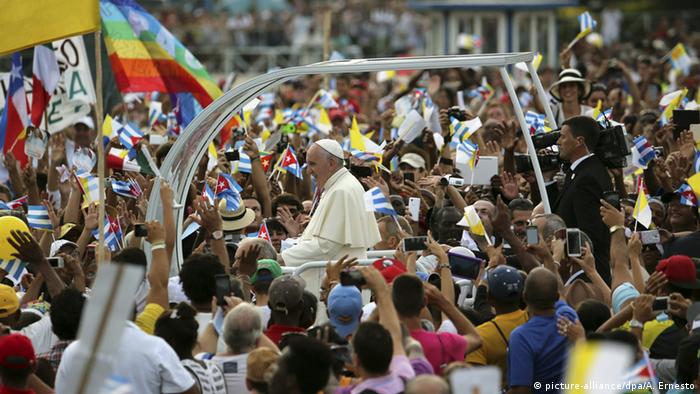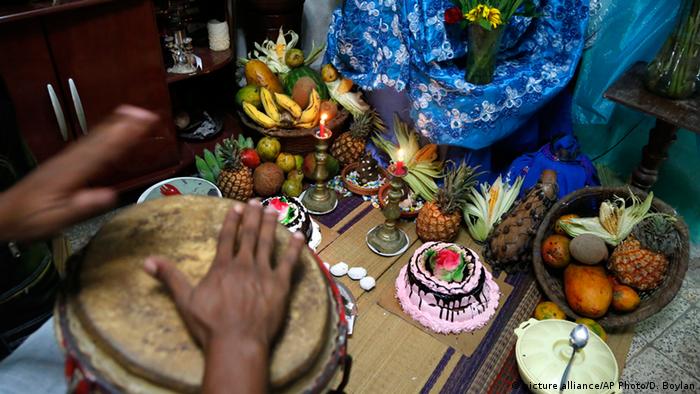Monolith ‘appears’ in India, finally! What’s exactly the monolith mystery and what’s buzz around it- Explained
By: FE Online | January 1, 2021
A monolith has been spotted in a park in Ahmedabad and local residents are going gaga over it.

The artist who installed the monolith wanted to stay anonymous and is expecting the beauty of the sculpture to evoke conversations. Image: Symphony Forest Park
A monolith has been spotted in a park in Ahmedabad and local residents are going gaga over it. Across many locations in the world, monoliths have been spotted and it’s the first time a monolith has been reported in India.
What exactly is a monolith?
A monolith has been spotted in a park in Ahmedabad and local residents are going gaga over it. Across many locations in the world, monoliths have been spotted and it’s the first time a monolith has been reported in India.
What exactly is a monolith?
A monolith is said to be a geological feature that has only a single massive stone or rock. It could be a mountain, or in fact a large and single piece of rock which is placed as or within a building or a monument. Many metallic monoliths have been spotted across countries. The one in India too has a metallic sculpture.
Where is it found in India and how does it look?
The monolith reportedly can be seen at the Symphony Forest Park which is in Thaltej region of Ahmedabad. The structure is said to be surrounded by various urban development projects. It has a shiny metal surface and the sides have formed a three-sided structure. According to a report by The Indian Express, one of the sides has some numbers on it that can only be seen if observed carefully. It is likely that these numbers have some clue towards protection of wildlife and nature, the report noted. But the exact meaning of these numbers will only be revealed with time.
Who put up the monolith?
Citing Dilipbhai Patel, Ahmedabad Municipal Corporation’s assistant director of parks and gardens, the report said that the park was developed and is maintained by a private firm and it was put there by the firm only. The firm completed work on the park three months back. The artist who installed the monolith wanted to stay anonymous and is expecting the beauty of the sculpture to evoke conversations and understanding the essence of it. It is also expected to engage thinking.
Where else do these kinds of monoliths have surfaced?
Similar sculptures have been reported in more that 30 countries and that Colombia, the United Kingdom, France, Romania and even near a remote canyon in Utah. According to media reports, these structures appear and disappear mysteriously. Many people have tossed multiple stories in order to give a meaning to such existences. While some have suggested these to be put by artists but there are other mysterious hypotheses linking metallic monoliths to the presence of aliens.
Where is it found in India and how does it look?
The monolith reportedly can be seen at the Symphony Forest Park which is in Thaltej region of Ahmedabad. The structure is said to be surrounded by various urban development projects. It has a shiny metal surface and the sides have formed a three-sided structure. According to a report by The Indian Express, one of the sides has some numbers on it that can only be seen if observed carefully. It is likely that these numbers have some clue towards protection of wildlife and nature, the report noted. But the exact meaning of these numbers will only be revealed with time.
Who put up the monolith?
Citing Dilipbhai Patel, Ahmedabad Municipal Corporation’s assistant director of parks and gardens, the report said that the park was developed and is maintained by a private firm and it was put there by the firm only. The firm completed work on the park three months back. The artist who installed the monolith wanted to stay anonymous and is expecting the beauty of the sculpture to evoke conversations and understanding the essence of it. It is also expected to engage thinking.
Where else do these kinds of monoliths have surfaced?
Similar sculptures have been reported in more that 30 countries and that Colombia, the United Kingdom, France, Romania and even near a remote canyon in Utah. According to media reports, these structures appear and disappear mysteriously. Many people have tossed multiple stories in order to give a meaning to such existences. While some have suggested these to be put by artists but there are other mysterious hypotheses linking metallic monoliths to the presence of aliens.






